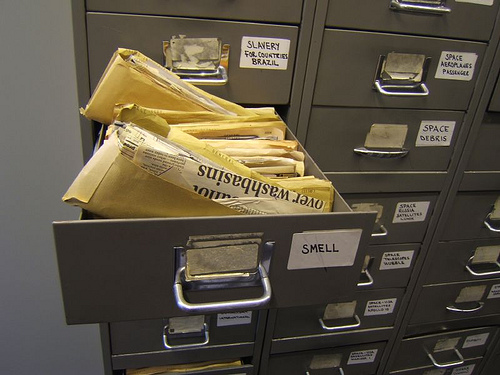
| Image from the University of Melbourne |
Phil and I get calls all the time from people asking “do you know of a study on x?” “Where can I find numbers about y?” All too often, our answer is “we don’t know of any published research on that topic.” Deep down we suspect there IS research that would give this person the information they need—but it’s proprietary, locked up in a file cabinet somewhere, probably forgotten even by the people who commissioned it.
To me, this is just plain wrong.
CFM’s 2010 report “Demographic Transformation and the Future of Museums” ends with a call for museums to develop a culture of shared data. Clearly, one statement in one report isn’t going to change the world. It may take a few blog posts, too, right? Seriously, if enough people speak up about the need for museums to change our attitude towards sharing research, we can make that change. Reshaping our own organizational cultures, however difficult, is still easier than, say, slowing global warming or fighting the obesity epidemic.
I enlisted some of my favorite museum research geeks into this campaign for sharing. Together, we compiled a list of “hidden research” we bet exists, and that we hope will come to light if we poke around:
- Analyses of attendance and revenue after admission fee changes (free to paid, paid to free, raising or lowering)
- Attendance projections (with details on methodology)
- Branding studies
- Community studies that pave the way for tax or bond proposals
- Crossover studies looking at cultural and or leisure activity audiences that overlap with museum audiences
- Exhibitions: cost, size, ROI; traveling exhibitions impact on attendance and revenue
- Large format film research: cost of building and operating theaters, income, ROI
- Measuring community impact, including non-economic metrics
- Niche marketing analyses
- Visitor demographics/psychographics, with a particular need for info on bilingual audiences
Of course, after we coax this data out of hiding, we will need a place to store and share it. One potential model is IssueLab, supported by the Foundation Center, which shares the “gray literature” related to social issues from foundations, think tanks, and related institutions. A similar project is the Policy Archive a “universal, easy-to-use, free, and open digital archive of foundation-funded and other public policy research” maintained by the Center for Government Studies. Hmmm. Who is the natural host for a site devoted to museum research, and how would it be funded?
Your turn. Please use the comment section to share:
- What “hidden research” would you like to find?
- What here-to-for hidden data are you willing to share?
- What is yourfavorite model for a research-sharing platform, and how would you like it to operate?
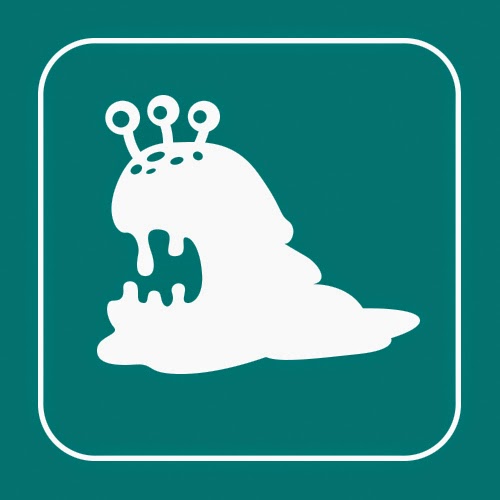

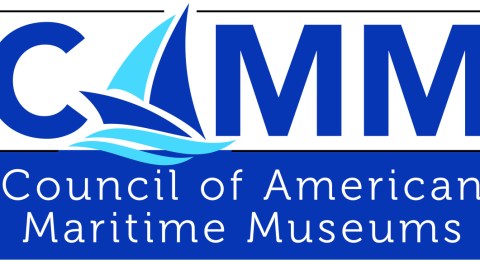


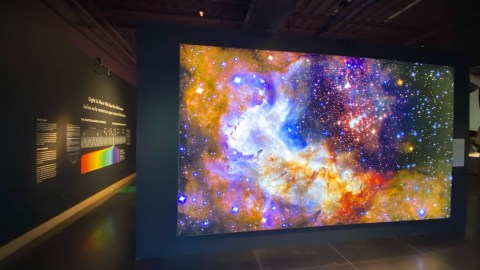

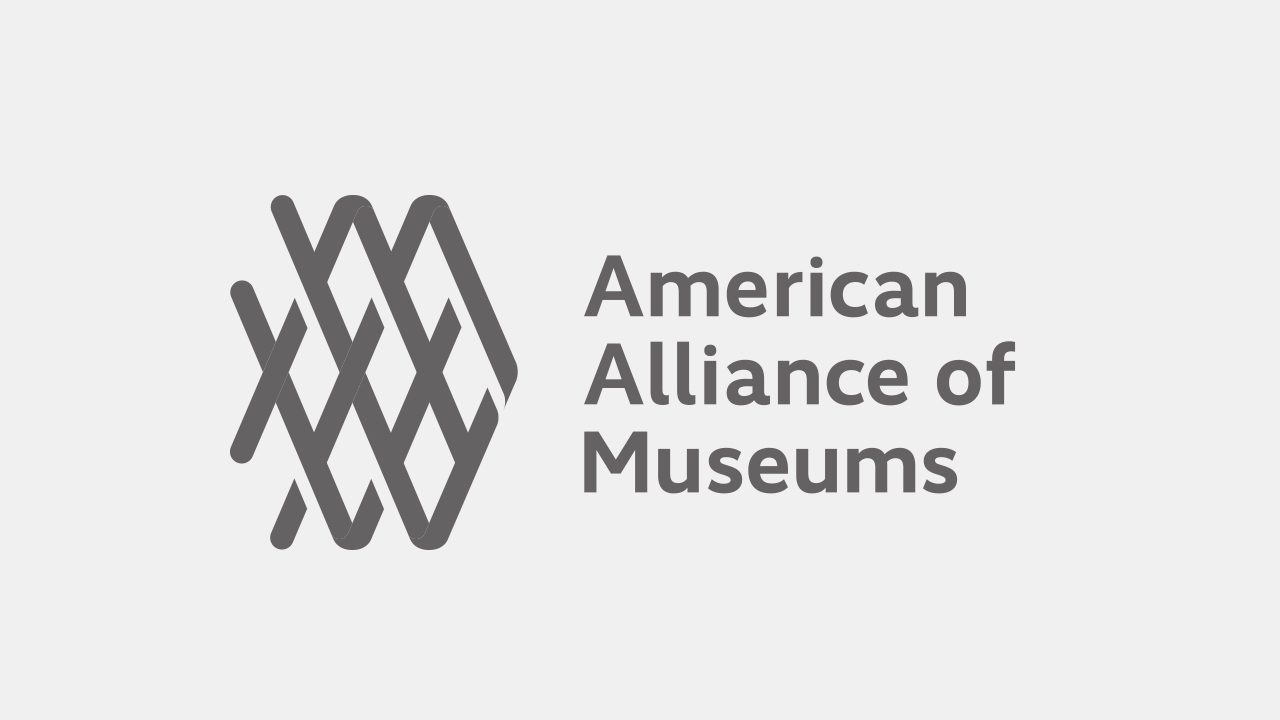

Posted on behalf of John Jacobsen, White Oak Institute
Hi. My name is John, and I am a data addict. I confess that our closeted library is full of intellectual property sticky with the gooey strings of ownership. I suspect I am not alone among these Friends of Beth.
Each visitor research report, attendance record, master plan, feasibility study, marketing survey, annual budget and campaign study provided a flash of data high on acquisition, but now most sit forlorn and unused by others on our confidential shelves and hard drives.
Each report is encumbered with arguments that it is the the property of the museum that commissioned it, or of the person or firm who did the work, or of the respondents' privacy, or of White Oak, who, after decades, may possess the only copies of say, the comprehensive pricing studies done by Mystic Seaport in the late '80's that still show useful evidence of how visitors equate cost with perceived dwell time, or the brilliant board reporting system developed by Peter Sterling when he ran the Children's Museum of Indianapolis in the '90's. We must have hundreds if not thousands of such reports, in analog paper copies and more recently digital pdf's.
Jeanie and I would love to get all this out to other researchers and into the light of open access, but we need: a) amnesty from ownership liabilities, b) a way to catalog museum operating and management data; c) funding to digitize key historical documents, and d) an organization to serve as a digital clearing house and access.
These roles may be a useful occupation for CFM, running some combination of wiki-leaks and an on-line library. I note that informalscience.org offers this service for STEM learning evaluation studies, but that is only a small fraction of the research conducted by and on museums. CAISE and VSA are also collaborating on building an on-line evidence base, again, mostly focused on science learning in ISE museums. Both these initiatives require staff and money, so for AAM/CFM to take on a larger portfolio may be either Quixotic or exciting, depending on your point of view about finding funding.
All of us, however, probably agree that centralizing and sharing management research is useful and important to advancing the museum field and increasing the impact of each research effort. And it would be a path of redemption for all of us data addicts to come clean.
Cheers, John
John W. Jacobsen
CEO
The White Oak Institute
http://www.whiteoakinstitute.org
Beth and John,
As a researcher and consultant, I can attest to the fact that there is a large body of "invisible intellectual property" that holds enormous potential benefit to the field. While some of this stuff is proprietary, a lot of it was released publicly at some point, but cannot be found on the Internet. The other problem is that it gets increasing difficult to find relevant culture-related content on the web using standard search tools, as the amount of digitized content mushrooms.
I've been working on a new technology platform (i.e., a "social library") for managing digital content at http://www.culturelab.net. Its still in a developmental phase, but fully functional. I'm looking for partners who might be interested in sharing the platform. Please contact me if you're interested in seeing the new platform.
Regards,
Alan Brown, Principal
WolfBrown
(415) 796-3060.
I would love to find some research on remote/online learning, as I'm hoping to start experimenting with that to broaden our reach. Is it really effective? Are there ways to do it that are more or less boring? What about cost structures?
I can offer a link to AASLH's excellent collection of studies, some of which hit topics on your wish list: http://www.aaslh.org/research.htm
Two useful but quite different approaches that I've found useful:
(1) The more participatory wiki approach of CAISE's Informal Science Education Evidence Wiki http://iseevidencewiki.org/index.php/Main_Page
and
(2) The expert interpreting data for me of Canada's Arts Research Monitor http://www.artsresearchmonitor.com/
Cheers,
Chris
Editor,
Museum Education Monitor
Hello everyone,
I'm glad this was posted, it's a big issue that it seems like we're constantly struggling with. We're not alone in our field in dealing with sharing results and proprietary issues, knowing where to post, in what form, in what "language," etc.
I'll also point out that informalscience.org encourages posting of non-science informal evaluation and research, and we're seeing more from art museums posting there, which is nice. And you can add your project there as well, if you like. If you haven't check it out.
I've found that in the issue of posting reports, it's good to have that conversation early with the client/collaborators so it's not done after the fact. By the time you deliver the report, many in the project have moved on. If you set the expectation early on that the report, when possible, is going to be shared then it's more likely to happen.
Something we haven't talked about yet is the fact that we also likely need to make our reports and findings more digestible to the field and the general public. So posting a report is great, and writing a journal article is nice, but they're usually more focused on ourselves, our own field. So part of it for me is not only about who is "hiding" the research and why, but who are we "hiding" it from.
Lastly, it's less that the research is hidden (say, in a locked filing cabinet) and more that it's just lying there in plain sight (like my desk in grad school, lots of useful stuff there) we just need to get to it, eventually… And the easier we make it to share, the more we'll build that body of knowledge about what it all means.
Steve Yalowitz
Principal
Audience Viewpoints